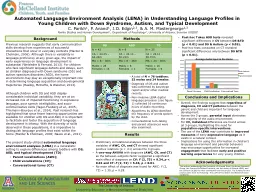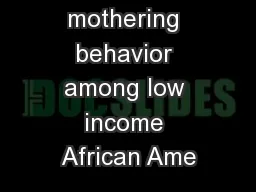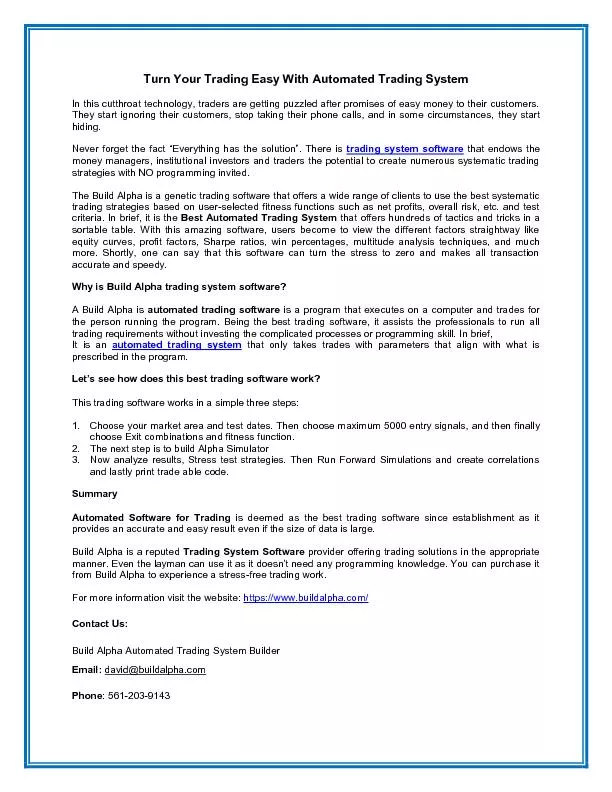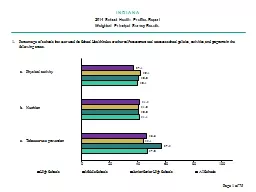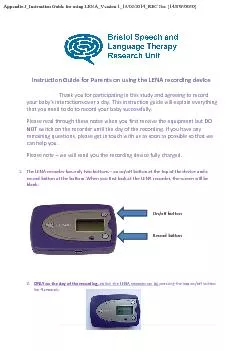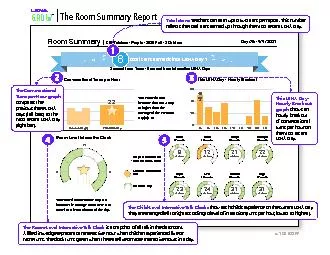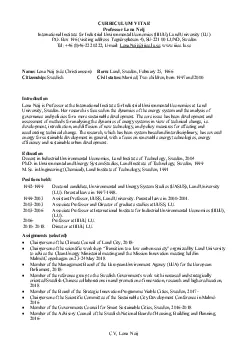PPT-Automated Language Environment Analysis (LENA) in Understanding Language Profiles
Author : risilvia | Published Date : 2020-08-28
in Young Children with Down Syndrome Autism and Typical Development C Parikh 1 P Anand 1 JO Edgin 23 amp A M Mastergeorge 13 Family Studies and Human Development
Presentation Embed Code
Download Presentation
Download Presentation The PPT/PDF document "Automated Language Environment Analysis ..." is the property of its rightful owner. Permission is granted to download and print the materials on this website for personal, non-commercial use only, and to display it on your personal computer provided you do not modify the materials and that you retain all copyright notices contained in the materials. By downloading content from our website, you accept the terms of this agreement.
Automated Language Environment Analysis (LENA) in Understanding Language Profiles: Transcript
Download Rules Of Document
"Automated Language Environment Analysis (LENA) in Understanding Language Profiles"The content belongs to its owner. You may download and print it for personal use, without modification, and keep all copyright notices. By downloading, you agree to these terms.
Related Documents

